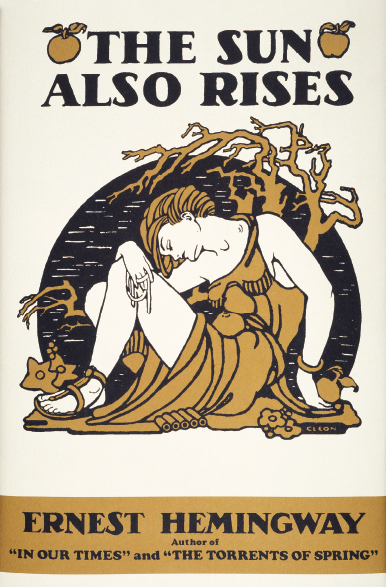The Formation of Publishing Houses

The modern book industry developed gradually in the 1800s with the formation of the early “prestigious” publishing houses: companies that tried to identify and produce the works of good writers.6 Among the oldest American houses established at the time (all are now part of major media conglomerates) were J. B. Lippincott (1792); Harper & Bros. (1817), which became Harper & Row in 1962 and HarperCollins in 1990; Houghton Mifflin (1832); Little, Brown (1837); G. P. Putnam (1838); Scribner’s (1842); E. P. Dutton (1852); Rand McNally (1856); and Macmillan (1869).
Between 1880 and 1920, as the center of social and economic life shifted from rural farm production to an industrialized urban culture, the demand for books grew. The book industry also helped assimilate European immigrants to the English language and American culture. In fact, 1910 marked a peak year in the number of new titles produced: 13,470, a record that would not be challenged until the 1950s. These changes marked the emergence of the next wave of publishing houses as entrepreneurs began to better understand the marketing potential of books. These houses included Doubleday & McClure Company (1897), The McGraw-Hill Book Company (1909), Prentice-Hall (1913), Alfred A. Knopf (1915), Simon & Schuster (1924), and Random House (1925).
Despite the growth of the industry in the early twentieth century, book publishing sputtered from 1910 into the 1950s as profits were adversely affected by the two world wars and the Great Depression. Radio and magazines fared better because they were generally less expensive and could more immediately cover topical issues during times of crisis. But after World War II, the book publishing industry bounced back.